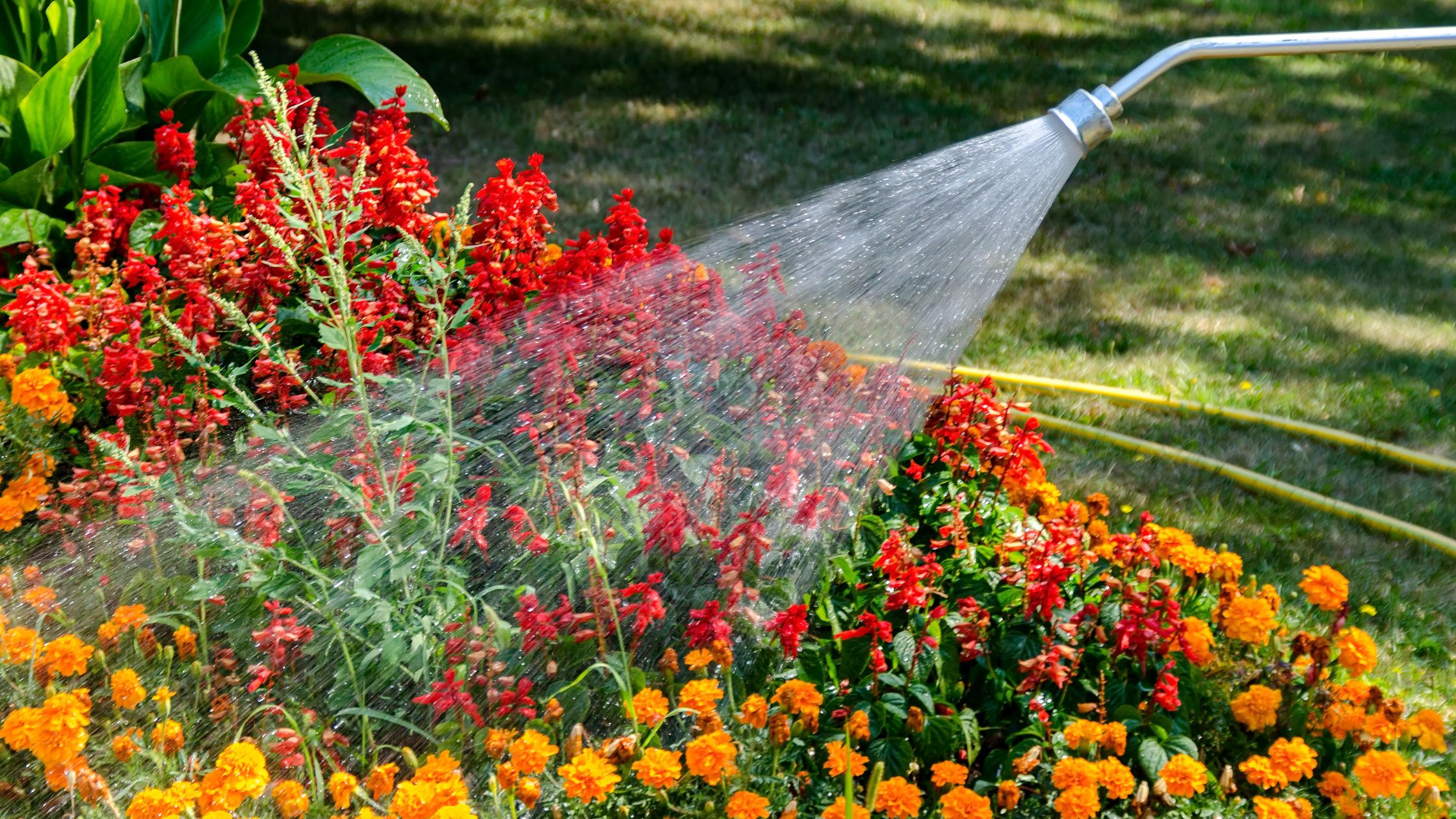How to Save Plants from Heatwaves
Posted by Amber Williams on 14th Jun 2024

Although the sun hasn’t reared its head much this summer (hopefully that changes soon!), the UK is known to experience the odd heatwave. When this happens, our plants take the brunt of the sun, shrivelling until they’re sad and crispy.
Thankfully there are a few things we can do to save plants from heatwaves, and we recommend keeping this blog to hand in case the heat ramps up.
Water More Often
One of the more obvious solutions, but it’s true – watering plants more often will help save them from being overly dry. Unfortunately, this isn’t always possible, especially if there’s a water ban in your area.Our tip to counteract this issue is to collect rainwater over the year in a water butt or two. This will stop the water from evaporating as the seasons change and provide you with a week or two of water. Perfect for those catch-you-out emergency situations.
Move Containers into the Shade
If you’ve planted up a few moveable containers, we recommend moving them into areas where the sun can’t reach them. This will stop the plants from becoming frazzled, helping them stay colourful and beautiful throughout the season. Sometimes it isn’t just the sun, though, that causes them to droop. The heat itself can be enough to kill off your favourite plants. Which brings us to...
Grow Drought-tolerant Plants
This option may not be possible if you’ve already planted a full display. But if you’re just now planning out your summer gardens, then we recommend picking plants that are native to warmer climates. Perennial plants like Lavender, Euphorbia, Heuchera, Pennisetum alopecuroides and Cosmos are perfect picks to beat the heat, while also adding colour in spades.
Add Mulch After Planting
Adding a thick layer of mulch on top of your new plants will help your plants in many ways. It’ll help the soil retain moisture, which is essential for surviving a heatwave. It’ll also provide nutrients to the soil that it could be lacking in, like nitrogen and phosphorus.
Use Adequate Amounts of Fertiliser
Make sure you use some fertilisers to provide a good amount of nutrients to the soil. The caveat to this rule is to not add TOO much, as it can cause an overly lush shrub which will struggle to keep up. We highly recommend adding natural fertilisers like Mycorrhizal Fungi, which attach themselves to the roots, creating a richer root system.

